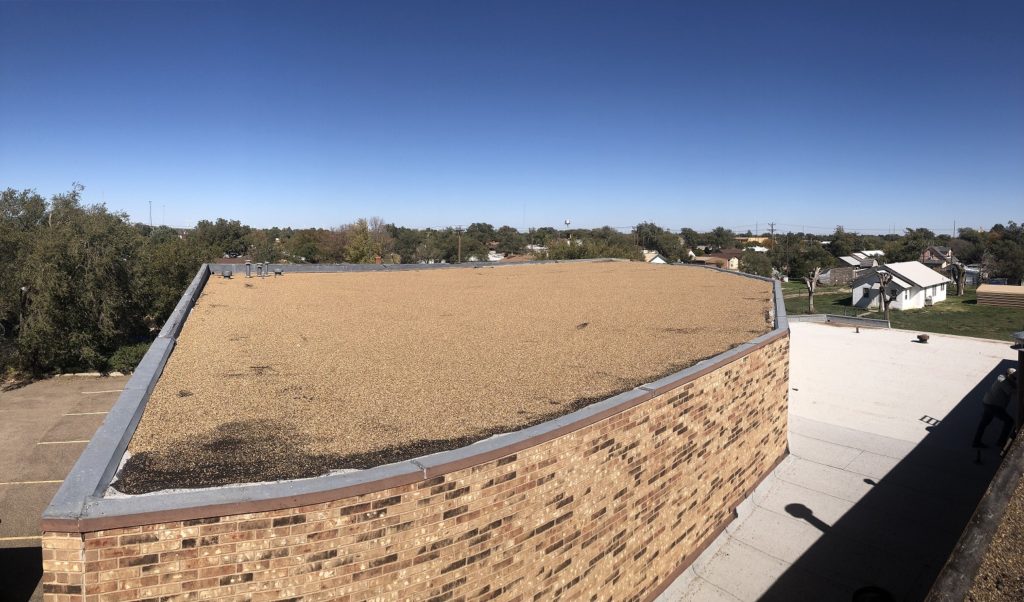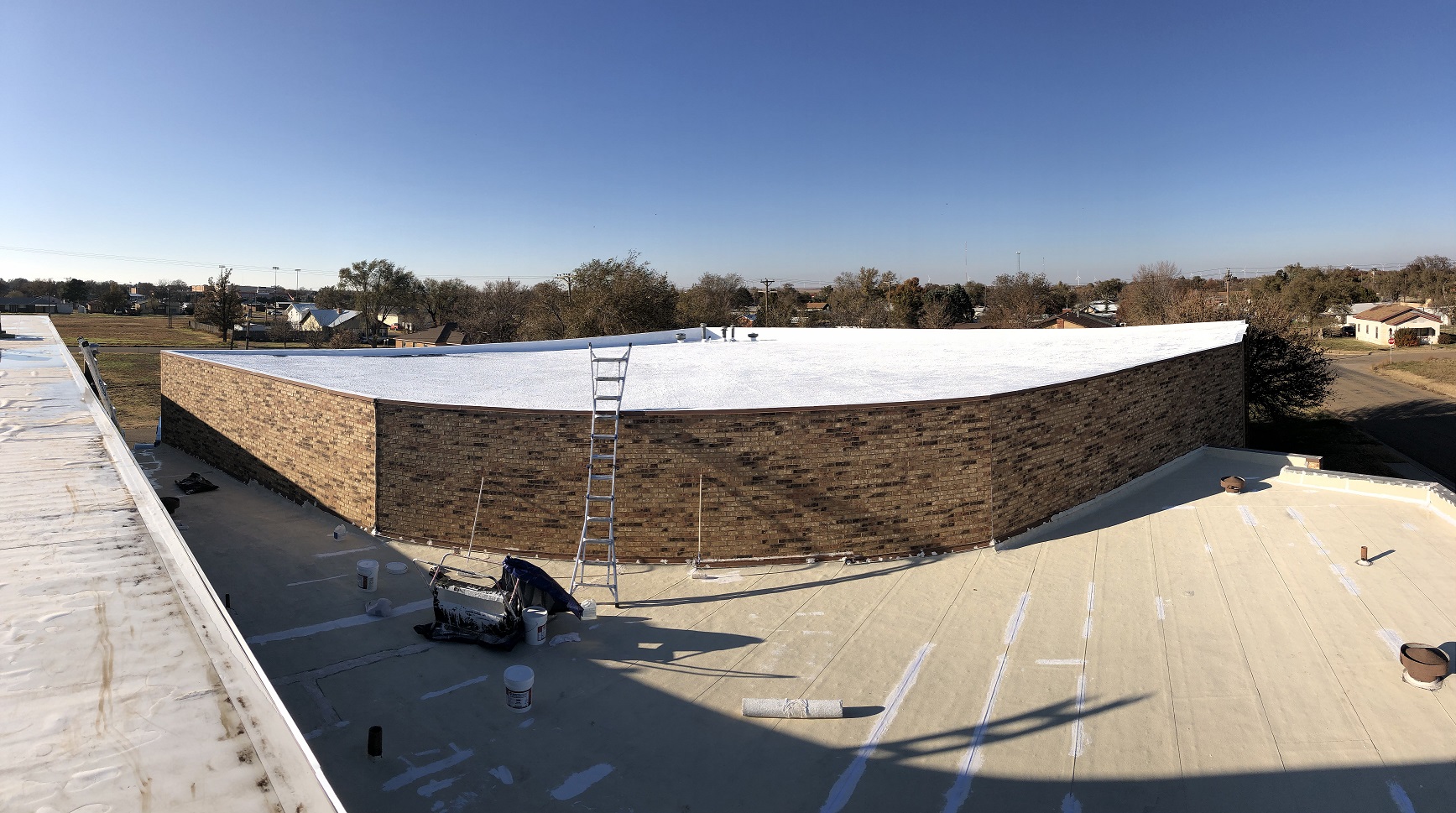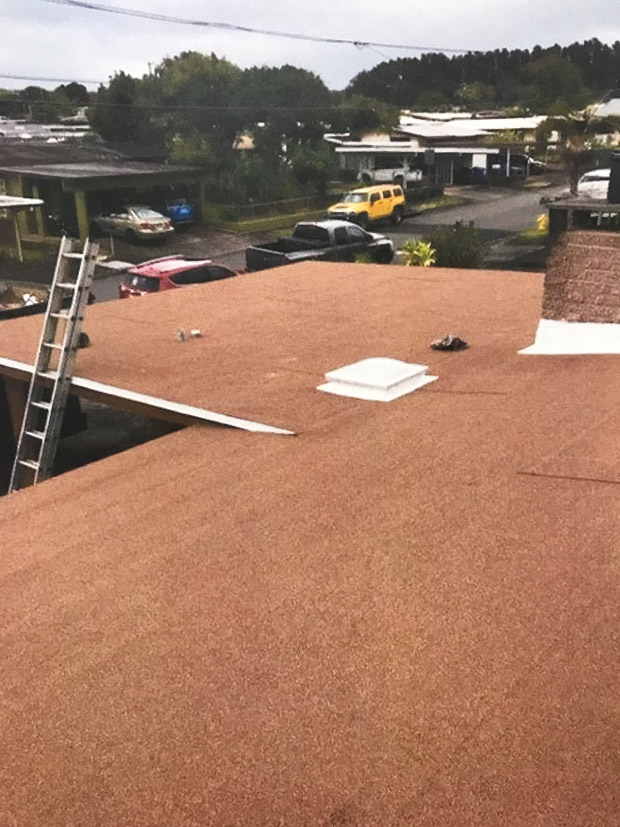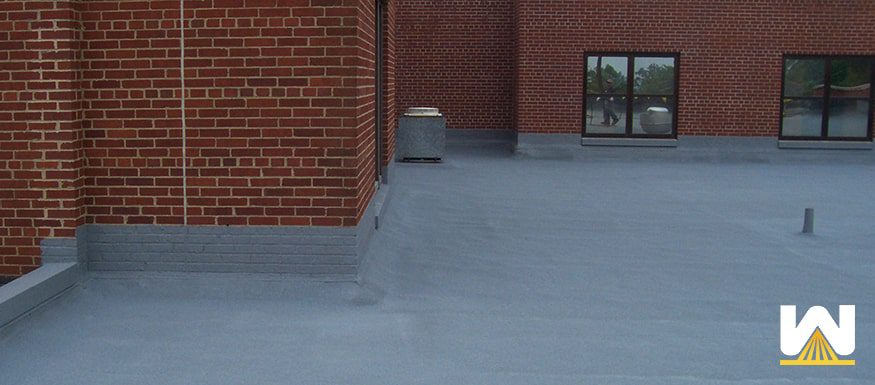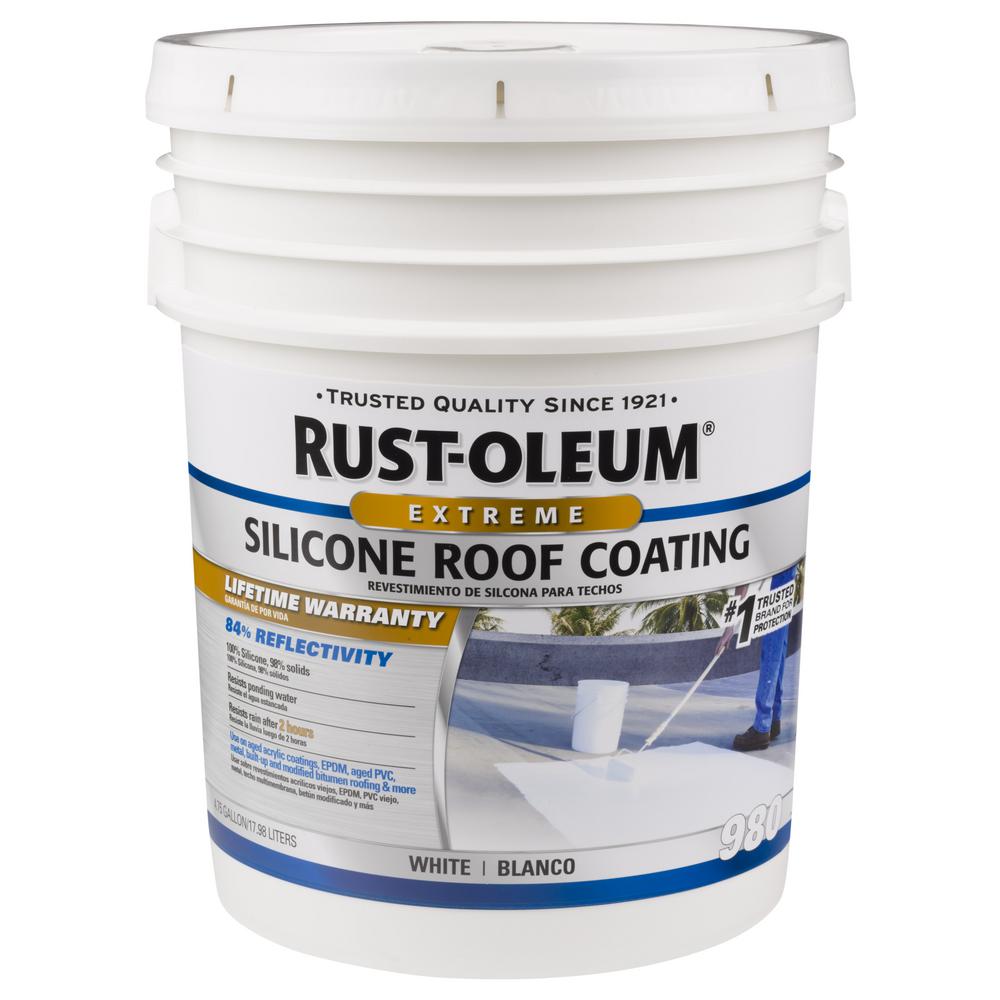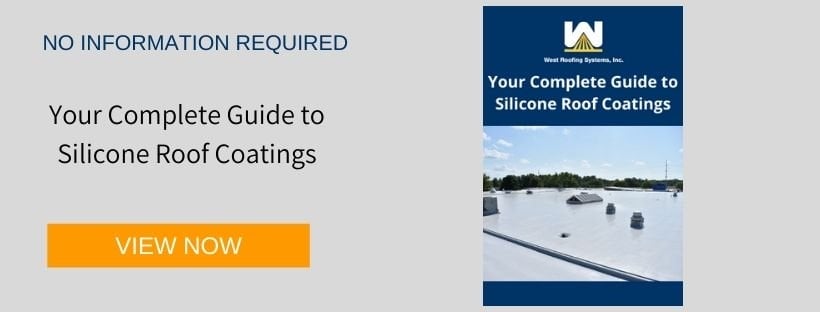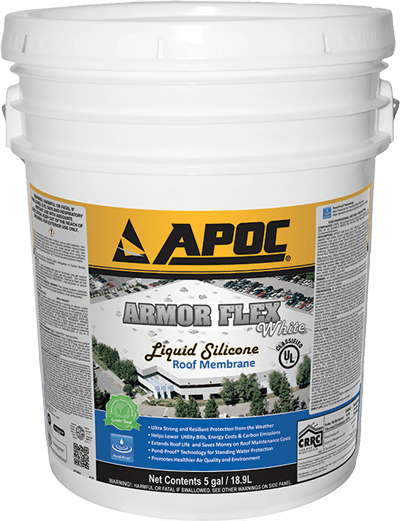Gravel On Silicone Roof

Built up roofs or burs also called a tar and gravel roof is a well established and popular style of flat roof that is made up of alternating layers of roofing felt or fiberglass and asphalt that is applied with heat which combine to make a long lasting sturdy roofing system.
Gravel on silicone roof. Beyond the first list there are also some roofs that might need a primer but it isn t for adhesion. Large cracks may be filled with a sandable filler. The gravel provides a better grip for foot traffic when conducting maintenance or repairs. This is a surecoat systems coating how to roof r.
A surecoat roof eliminates 100 of roof seams withstands ponding water conditions and is uv stable for the entire life of the system 10 20 years. All major cracks joints and seams should be caulked with blue max trowel grade liquid rubber. Tar and gravel roofs add substantially more weight to the building structure. Do not use a silicone caulk.
Roofs that might need a primer but not for adhesion. Top problems with tar and gravel commercial roofs added weight to structure. Gravel roof advantages most gravel roofs are inexpensive to build offer some protection to vulnerable asphalt against uv damage and the stones are very durable. Because the gravel holds and releases heat the layer of gravel on a bur flat roof can both help water evaporate and keep heat away from the underlying roof structure.
Be sure that the surface is clean and dry before starting application of product. After you add the layers of tar supporting fabrics and the top layer of gravel your roof can be an extra 5 10 lbs. By using the existing roof as a base the surecoat roof system can add an additional 10 20 years of life back into an existing gravel roof without tear off. Certain roof systems can adversely impact the appearance of silicone.
Per square in heavier than before. Gravel roof disadvantages on the other hand gravel roofs are hot energy inefficient heavy moisture trapping and unstable.

